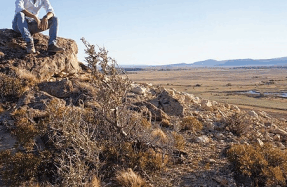Location, location

One might compare it to the sense of disappointed love after a brief yet intense romance. The fact is that when the Chilean wine industry realised that its newly rediscovered Carmenère was a difficult grape – and that not everyone liked it – the idea of having it as a flagship variety lost appeal. Suddenly it had the same feeble foundations as the fantasies of a betrayed lover.
It was at that point – around the middle of the last decade – that Chilean producers began to talk about diversity. They argued that a single grape variety shouldn’t represent Chile (like Malbec in Argentina), but that many different varieties should represent the diversity of climates and soils that can be found in the country. Indeed, in a territory with two such major geological formations as the Cordillera de la Costa and
You’re reading a preview, subscribe to read more.
Start your free 30 days



